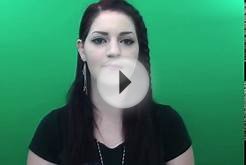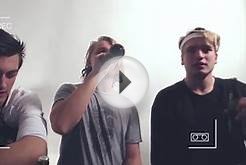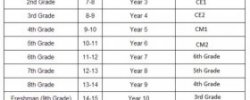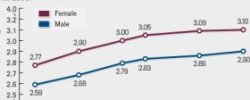But even as the College Board highlighted those somewhat reassuring trends, its annual pricing and financial aid surveys made it clear that families are struggling with the effects of successive price hikes imposed during the recent recession that saw state appropriations to campuses slashed and endowments strained.
On average, published prices are 17 percent higher on private, nonprofit four-year campuses than in 2007-08, and 30 percent higher at public two- and four-year schools for the same period, according to the report.
College Board officials, as they do each year, stressed that actual prices students pay are often thousands of dollars lower, once various forms of government grants and institutional aid are factored into the mix. They acknowledged that the aid and the slowing of the rate of price hikes may be of limited consolation to those paying the bills.
“Even if prices never go up again, that would not erase the price increases of the past, ” said Sandy Baum, an independent policy analyst for the College Board. “Moreover, we know that incomes are really stagnant. People are struggling.”
Overall, the annual price survey found that average tuition and fees for full-time, in-state students at public four-year colleges and universities rose by 2.9 percent in 2014-15 to $9, 139, up from $8, 885 last year. Room and board charges at those schools averaged $9, 804.
Out-of-state students attending those public four-year schools saw prices increase by 3.3 percent to $22, 958 this year, up from $22, 223 last year. Once room and board are factored in, total out-of-state charges average $32, 762 this year.
Tuition and fees on average at private, nonprofit four-year campuses rose 3.7 percent to $31, 231 in 2014-15, up from $30, 131 last year. Once room and board are included, average total charges at those schools are $42, 419, the College Board said.
At two-year colleges, tuition and fees rose nationally by 3.3 percent to $3, 347 in 2014-15 from $3, 241 last year.
In Pennsylvania, in-state tuition and fees at four-year public universities this year average $13, 246, an amount surpassed only by the average tuition and fees charged in Vermont at $14, 419 and New Hampshire, the nation’s highest, at $14, 712 this year.
The four-year average for Pennsylvania includes data from schools ranging from the 14 state-owned universities, where full-time in-state tuition is $6, 820 a year, to the University of Pittsburgh, where the base yearly in-state tuition as of this fall is $16, 872.
The effects of tuition discounting on private campuses is evident in numbers over the last 10 years, according to the College Board. Students on those campuses saw a 13 percent decline adjusted for inflation in the “net price” after aid is counted, even as published prices rose by 24 percent.
During that same period, the “net price” paid on public four-year campuses rose by 32 percent, compared with a 42 percent rise in published prices.
After escalating rapidly in previous years, annual total borrowing by students declined for the third consecutive year in 2013-14, the most current available, and is 14 percent less for undergraduates than in 2010-11, according to the College Board. However, the trend is not yet showing up in debt load data for graduates, who carried $27, 300 as of 2012-13, the most current figures available, up 13 percent from five years earlier.
Full-time students get an average of $6, 110 in grant aid and education tax benefits at public four-year schools, $5, 090 at two-year colleges and $18, 870 at private four-year campuses, according to College Board data.
The state with the least expensive prices for public four-year universities this year is Wyoming at $4, 646, followed by Alaska at $6, 138. The least expensive states for public two-year campuses are California, followed by New Mexico, with charges of $1, 429 and $1, 645, respectively.
Among public flagship universities, the priciest for tuition and fees was the $18, 464 at Penn State University and $16, 552 at the University of New Hampshire. The lowest-priced flagship is the University of Wyoming at $4, 646, followed by the $6, 099 charged at the University of Montana.












